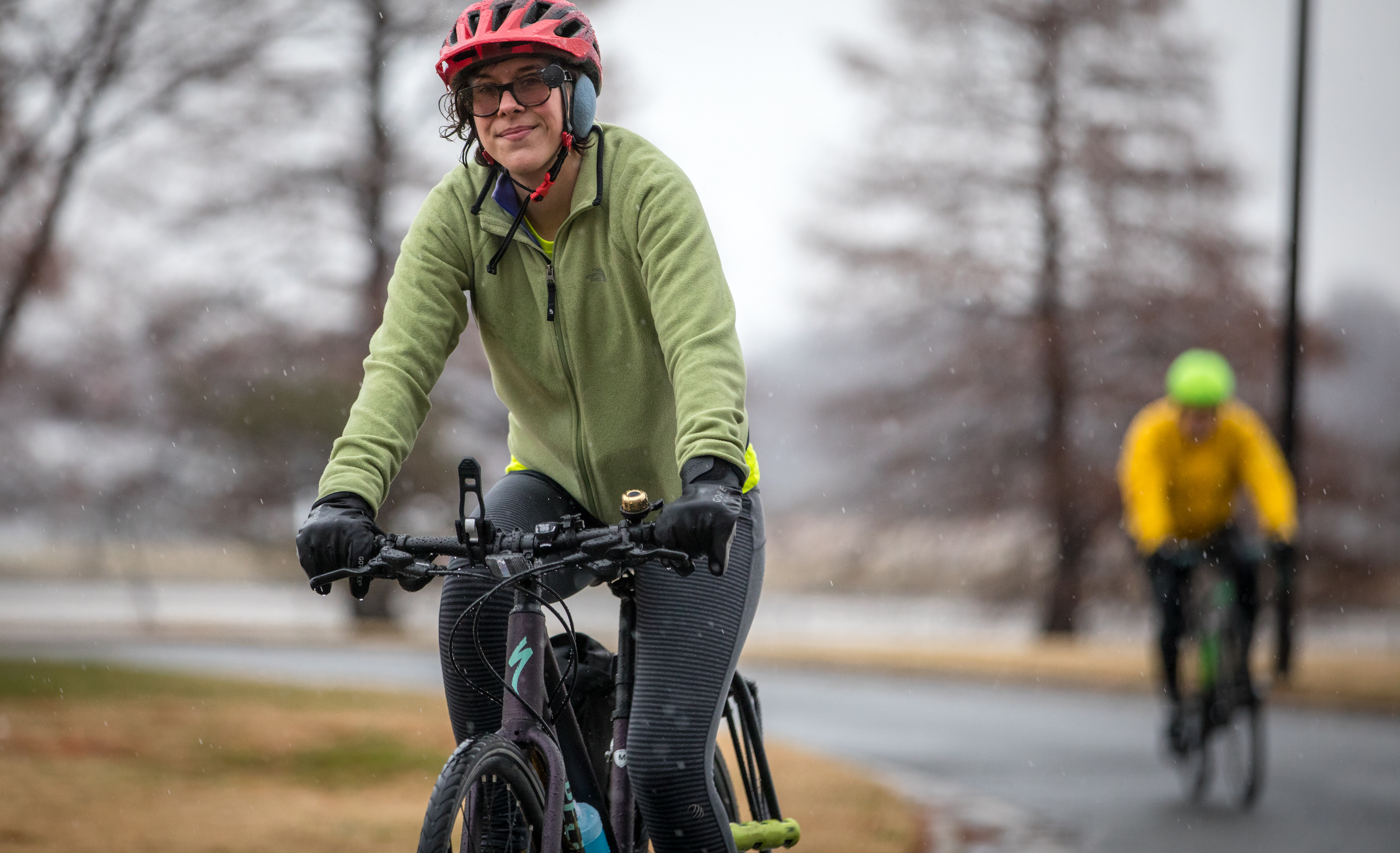From bike to car and back again

Transportation doesn’t just mean cars or trucks—or just bikes, buses, and walking. Transportation is all of those and more, and different modes are better suited for different people, different stages of life, and different tasks. But in America our “transportation system” is more often than not comprised mostly of highways and roads designed solely for cars, with little space for people. The essay below is a personal reflection on how transportation needs and desires change, yet our transportation system often makes it challenging and dangerous to get around without a car.
